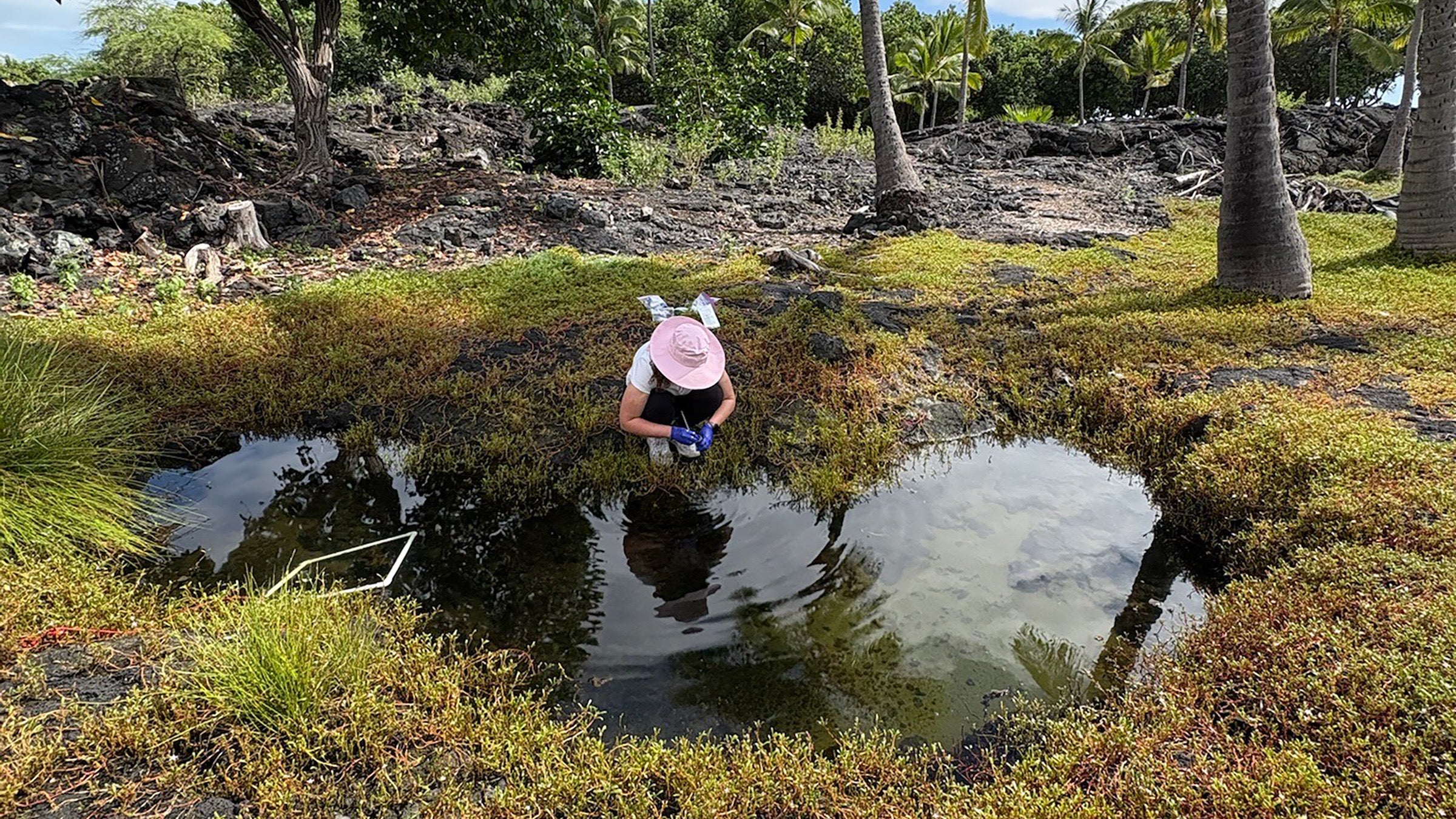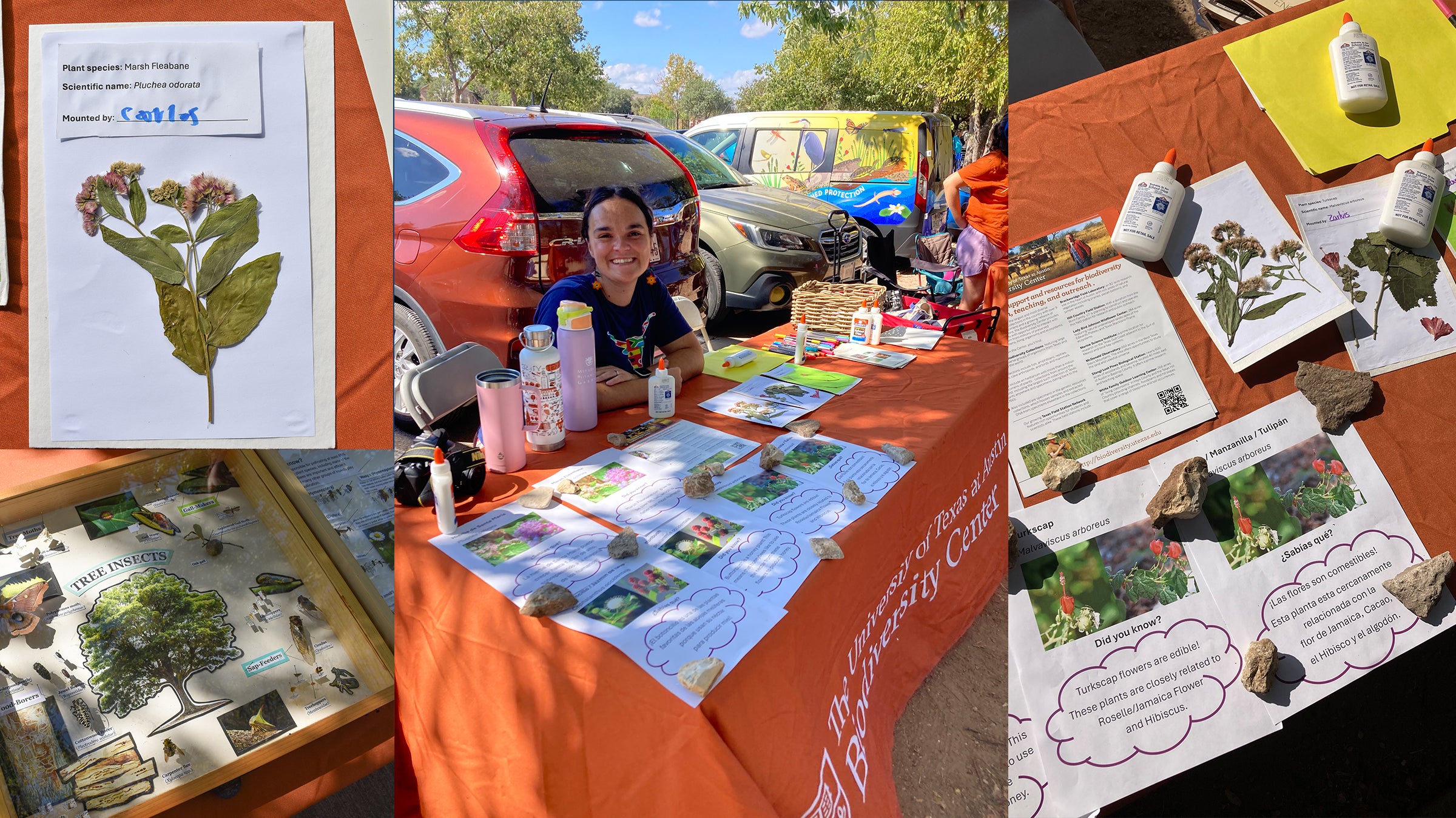
International Darwin Day is observed on February 12, the day Charles Darwin was born. Darwin Day asks people to “reflect and act on the principles of intellectual bravery, perpetual curiosity, scientific thinking, and hunger for truth as embodied in Charles Darwin.”
In 1831, when he was just 22 years old, Darwin received an invitation to join the HMS Beagle as the ship’s naturalist. He joined, and during the five-year journey, he would write notebook after notebook of his observations. He also would collect thousands of specimens that would play a key role in writing his revolutionary book about natural selection, On the Origin of Species. He later called the Beagle voyage "by far the most important event in my life," saying it "determined my whole career." More than a century later, one of those specimens would end up in a permanent collection on The University of Texas at Austin campus.
During their exploration of the Galápagos Islands in September 1835, the crew visited Chatham (San Cristóbal) Island. Darwin wrote about this in one of his journals, but was at first less than impressed during their approach to the island. “Nothing could be less inviting than the first appearance,” he wrote. “A broken field of black basaltic lava is everywhere, covered by a stunted brushwood, which shows little signs of life. The dry and parched surface having been heated by the noonday sun, gave the air a close and sultry like feeling, that from a stove: we fancied even the bushes smelt unpleasantly.”

Maytenus octogona. (Photo: Jason Hollinger, Wikimedia Commons)
Even Darwin’s first impression of the plant life there seemed as if he was not terribly excited. “Although I diligently tried to collect as many plant[s] as possible,” he wrote in his journal, “I succeeded in getting only ten kinds; and such wretched-looking little weeds would have better become an arctic, than an equatorial Flora.” However, upon closer inspection, he would see there was more than meets the eye. “It was some time before I discovered, that not only almost every plant was in full leaf, but that the greater number were now in flower.”
Amongst these plants Darwin collected was a specimen of the shrub he would send back to the UK. It was described twelve years later in 1847 by the British botanist, Joseph Dalton Hooker, as a new species, Maytenus obovata. Part of this specimen currently is on the UT campus, in the Billie L. Turner Plant Resources Center.
How did UT get such a specimen from one of the most scientifically-important explorations of the Pacific in the 19th century? In the 1970s, the director of the Royal Botanic Gardens, Kew, removed a small part of Darwin’s type specimen and presented this as a gift to Texas botanist, Cyrus L. Lundell. In the 1990s, Lundell would give his personal herbarium to the University of Texas.
Darwin’s collection formed the “Type Specimen,” a gathering designated to officially represent the taxon by the person who names it. Subsequent 20th Century taxonomic specialists in the plant family Celastraceae reclassified this species as part of a more widespread species, Maytenus octogona, that is not endemic specifically to the islands but also grows on the mainland. Nevertheless, the name Maytenus obovata still exists, in case some future taxonomist finds reason to re-split it.
The plant still exists in this location, along with a large statue of Darwin and an observation deck on the island, most likely near the area where the Beagle crew came aboard.

The route of the HMS Beagle.
“I do not believe that Darwin himself published anything more on this species,” says George Yatskievych, Curator in the Billie L. Turner Plant Resources Center, “although from his journal notes it is obvious that he was thinking about plant adaptations to particular environments when he discussed how nondescript the vegetation looked from a distance, but how everything was in leaf and flower when he was able to look more closely.”
Beyond the coolness factor of having a Darwin specimen in the collection, the plant does have ongoing scientific value. George Yatskievych elaborates: “beyond the fact that this specimen is part of the type gathering supporting a species name, it is increasingly difficult to make new collections in the Galapagos Islands because of strict conservation policies. Also, this is a snapshot of what the foliage and flowers typically looked like at the place and time that this specimen was collected, which is important for any comparative studies of morphological variation in space and time, phenological information over time, etc.”
Special thanks to George Yatskievych for sharing his extensive knowledge of botany, natural history and UT’s Darwin specimen



